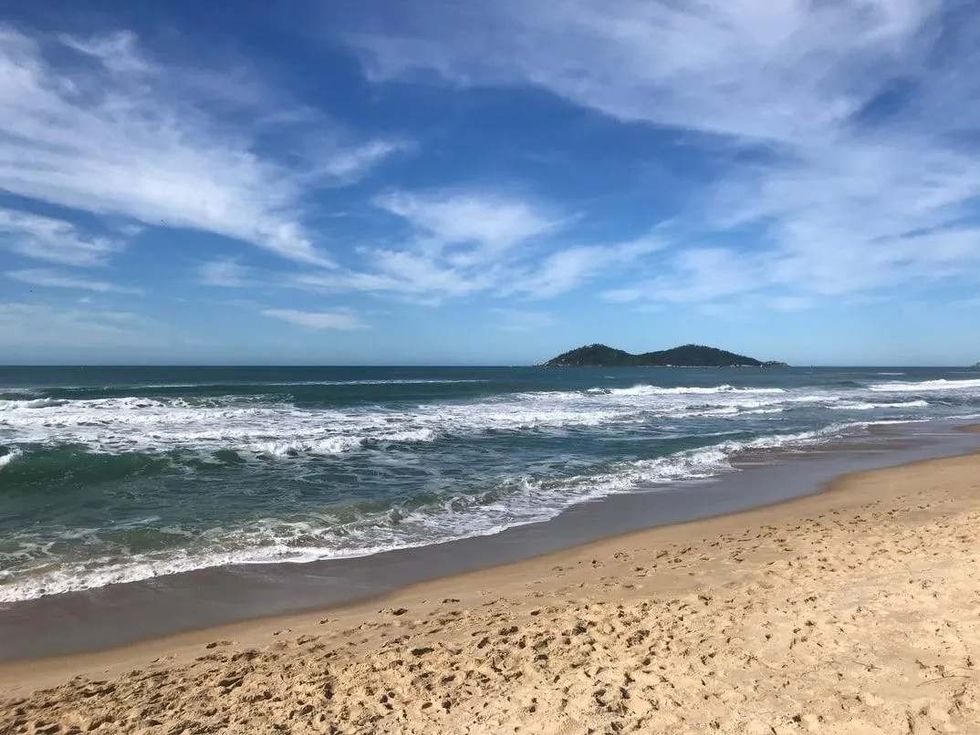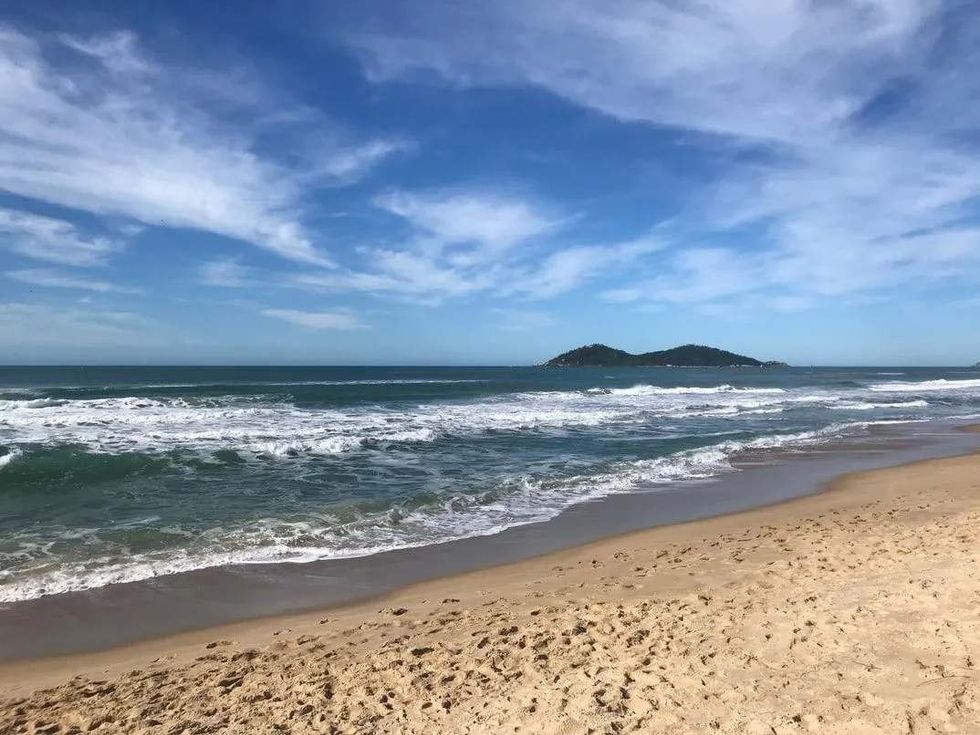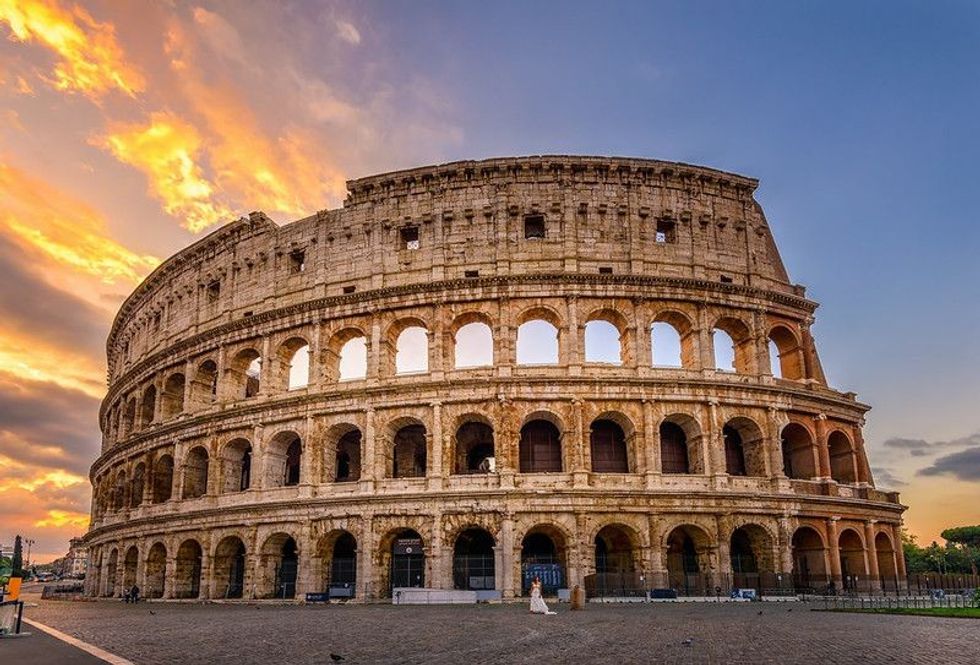The Bay of Campeche, commonly known as the Gulf of Campeche and the Spanish Bahía de Campeche, is a bay located in Mexico.
Campeche takes its title from the Maya word for a village named 'Ah-Kin-Pech', which has become the town of Campeche. However, the English meaning of the word is not known.
The location was given the name Lazaro by the Spanish when they first landed in 1517, and the title means a site of snakes and ticks in the original language. The Gulf of Mexico is among the world's biggest and most ancient bodies of water.
It is among the world's oldest and largest water bodies. It was created roughly 300 million years ago, during the early Triassic period.
The Bay of Campeche is one of the relevant places there, and many Mexican states are around it. The bay's greatest depths are around 180 ft (55 m).
Around 85% of the population speaks Spanish as their first tongue. Campeche is home to a sizable native community, predominantly Mayans. About 15% of the population speaks a Mayan dialect as their mother tongue.
During the '70s, large oil drilling boreholes were developed in the bay, and by the early '80s, it had become Mexico's top productive oil field area. The Ixtoc 1 well burst out in mid-1979, releasing approximately 3306933 T (3,000,000 t) of crude oil into the Gulf of Mexico.
This was including some that came ashore on beachfront in Texas, 600 mi (965 km ) away until the well was ultimately sealed early the following year. To put the leak within the order, the Mexican government spent approximately $132 million.
If you liked this article then check out the bay of Bengal and bay of Biscay for more interesting articles.
Fun Facts About Bay Of Campeche
The Bay of Campeche has many fun facts related to it. Read on to learn a few.
In the months of June and July, the Bay of Campeche is regarded as hurricanes recruiting ground in the Atlantic. Since it has weak currents, it might cause hurricanes to halt and starve, it could also be termed a hurricane for cemeteries.
The Bay of Campeche is located on the east border of one of the world's most important bird migratory routes.
The Cantarell Complex controls five oil fields in the Bay of Campeche. It was the world's second-highest prolific oil field by 2003, but production started to drop sharply after that. It had previously supplied two-thirds of Mexico's crude oil production.
The bay is across one of the great bird migratory paths that takes wildlife to America, so you may see some spectacular birds in the vicinity.
This area of the water was a favorite haunt of thieves in the 16th, 17th, and 18th centuries. Several pirates attacked vessels in the vicinity, and some even sunk them.
Campeche, the port city and capital of Campeche, contains thousands of stunning ancient structures that were conserved over the ages.
Facts About Bay Of Campeche's Ecosystem
Inside a Large Marine Ecosystem, southern Mexico has a relevant subsystem. This area is strategically important in Mexico's national aspirations for socio-economic growth because of its species diversity, marine life, biological sources, and energy supplies.
In an ecosystem that was once known for its immaculate qualities, more than 3.4 million barrels of crude oil were released. Following this terrible catastrophe, there was rising worry not just about the immediate impacts of the oil, but also about the lengthy ecological ramifications of leftover hydrocarbons accumulating in coastal ecosystems.
The severe contamination impacts, which persisted for approximately nine months, were mitigated by natural variability in the ecosystem and oil-degrading processes.
Human impacts can easily trigger the sensitive natural balance that tropical marine processes preserve within and between their various compartments. Significant oil spills in Mexico are known to have both immediate and lengthy environmental consequences.
However, there appears to be agreement that long-term oil spillage is more destructive to the ecosystem of Campeche Sound in the south than catastrophic oil spills. The rebuilding of biological situations to quantify the environmental harm found in southwestern Mexico is a serious difficulty in the event of the Ixtoc-I oil disaster.
Facts About Bay Of Campeche's Location
The bay is a bight in the Gulf of Mexico's southern region. If you look at it on a map, you can see the Mexican states of Campeche, Tabasco, and Veracruz encircle it on three sides.
It is bordered on three sides, it has the Yucatán Peninsula toward the east, the Isthmus of Tehuantepec toward the south, and the southern Veracruz in the west.
The bay encompasses about 6,000 square mi (15,540 square km) and is relatively inaccessible to ships with a draught of more than 9 ft (3 m). Any map can show you that the Papaloápan, Coatzacoalcos, Grijalva, Usumacinta, and Candelaria rivers all pour into the bay area.
It is surrounded by Términos Lagoon, as well as numerous other marshes and wetlands, which mark the bay's low-lying shoreline.
Facts About Bay Of Campeche's Weather
The Bay of Campeche is among the active nesting sites for Atlantic storms in the months of June and July.
The rainy season in the Campeche area is unpleasant and mainly gloomy, the drought is humid and almost always clear, and the weather is hot all year. The weather normally ranges from 65-93 F (18 to 33 C) throughout the year, with temperatures seldom falling under 57 F (13 C) or rising above 100 F (37 C).
Here at Kidadl, we have carefully created lots of interesting family-friendly facts for everyone to enjoy! If you liked our suggestions for 61 facts about the bay of Campeche that every kid should know then why not take a look at James bay Canada, or the biggest rainforest in the world.









